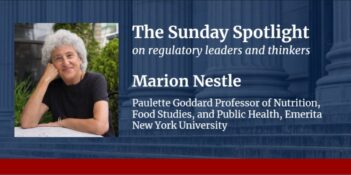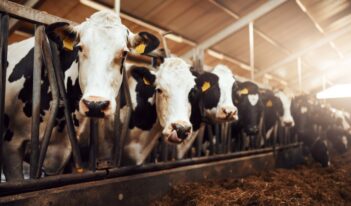
New research finds higher values for protection against risks of short-term foodborne illness.
There are few empirical studies of the monetary value of protection against non-fatal illness. While the value of reducing mortality risk is well studied, benefit-cost analysts must often resort to indirect methods to quantify the value of reduced morbidity risk. The “cost of illness” method is used to quantify the costs of medical treatment and lost productivity, but it excludes values of pain and suffering while ill. To include these components, analysts often resort to the strategy of “monetizing QALYs.”
Quality-adjusted life years (QALYs) are a measure of health derived by weighting the duration of an illness by an index of its severity. The strategy of monetizing QALYs assumes that individuals’ value QALYs at a constant rate, and so the monetary value of reducing risk of illness can be calculated by multiplying the associated change in QALYs by this constant willingness to pay (WTP) per QALY.
Our research set out to evaluate this assumption, in the context of acute illness caused by foodborne pathogens. Our results suggest that individuals do not have a constant WTP per QALY. While an individual’s WTP increases with the severity and duration of the potential illness, the increase is much smaller than proportional to these factors. This implies that monetized QALYs underestimate the value of preventing mild, short-term illnesses relative to the value of preventing severe, longer-term illnesses.
We surveyed nearly 3,000 respondents from an internet panel that is broadly representative of the U.S. population. We asked respondents how they would choose between hypothetical alternative versions of the same food: a conventional version and one produced using a “superior safety system” that presented a smaller risk of causing foodborne illness but had a higher price. We varied the difference in the probability of getting sick and the severity and duration of illness across respondents.
For each illness scenario, we measured respondents’ WTP, which is the maximum amount of money an individual would exchange for a specified reduction in health risk. We confirmed, as anticipated, that WTP increases with the reduction in the chance of illness and with the severity and duration of the illness.
However, our results also suggest that WTP does not increase in proportion to the severity and duration of the illness; it increases at a decreasing rate. Our estimates of WTP to reduce the risk of foodborne illness are surprisingly insensitive to the characteristics of the illness. Estimated total population WTP to prevent one expected case of foodborne illness ranges from about $4,500 for a one-day case with mild symptoms to $6,500 for a week-long case with severe symptoms.
Until recently, there has been little research on the empirical relationship between QALYs, WTP, and the duration and severity of non-fatal illness. A better understanding of these relationships should provide for improved estimates for use in benefit-cost analysis when no direct measures are available.
This study was supported by the Economic Research Service of the U.S. Department of Agriculture.





